1. Product introduction
This is a gasoline car code reader,which supports nine standard protocols of OBD II/EOBD. Plug and play, can quickly read
the car’s fault information and vehicle parameters, is a more comprehensive function of the fault diagnosis instrument.
Support Language:German, Dutch, English, Spanish, French, Italian, Russian, Chinese, Japanese, Korean.
2. Functional characteristics
2.1 OBD basic detection function
Reading and clearing fault codes: universal codes
Read real-time data streams
Display I/M ready status
Detecting frozen frame information
Retrieve vehicle information (VIN, CID, and CVN)
Built in OBD-II DTC search library
Data storage and playback function
2.2 Battery voltage detection
It can detect and display the voltage value of the car battery in real time.
2.3 Oxygen sensor detection function
Can detect data related to oxygen sensors.
2.4 EVAP testing function
Capable of detecting EVAP data.
Fuel Evaporative Recovery System (EVAP), achieving the recovery and reuse of fuel vapor
Used to avoid environmental impact and improve vehicle fuel economy.
3.Application range of vehicle
This OBD II / EOBD decoder is specially applied to all the vehicles that accorded with OBD II standard, including the vehicles for preparing the next generation of protocols – controlling the area network (have the capacity). All the vehicles selling in USA as required by United States
Environmental Protection Agency, and 1996 newer (automobile) light trucks must be accorded with OBD II standard. Including all the domestic, Asian and European vehicles.
A small amount of 1994 and 1995 petrol vehicles are accorded with OBD II standard. If need to verify if 1994 or 1995 vehicles are accorded with OBD II standard, please check the vehicle emission control information (VECI) label, most vehicles are stuck this label under the engine jacket or near the radiator. If the vehicle is accorded with OBD II standard, and then its label is marked with “OBD II certification”.
In addition, the government laws and regulations require all the vehicles that are accorded with OBD II standard must have “General” 16 pin data link connector (DLC).
If your vehicle is accorded with OBD II standard, there must a 16 pin DLC (data link connector) below the instrument panel, and a vehicle emission control information label states the vehicle is accorded with OBD II standard.



















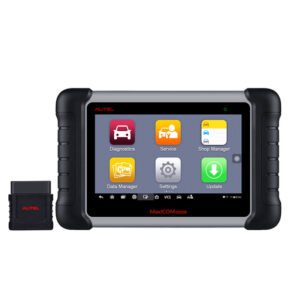
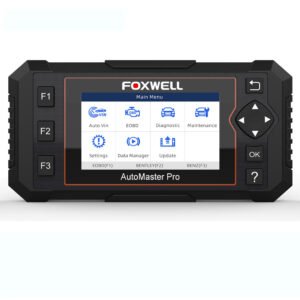
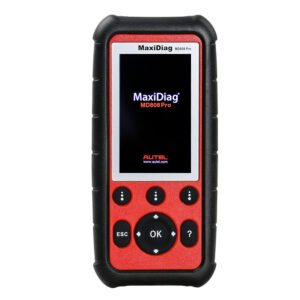

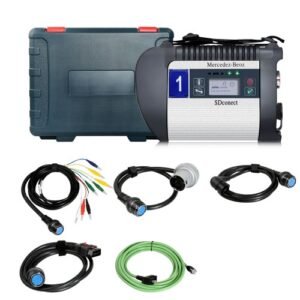
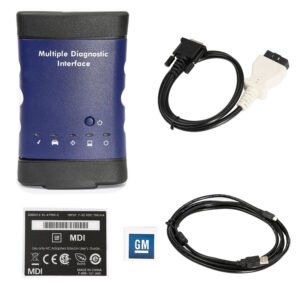
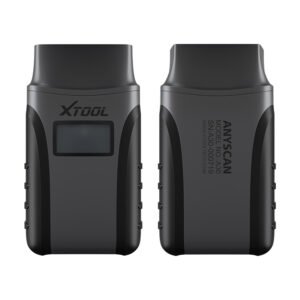
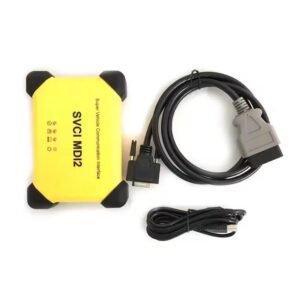
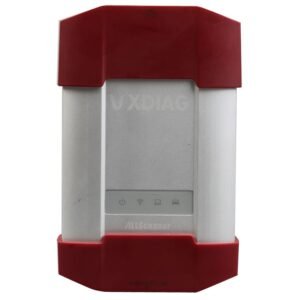
There are no reviews yet.